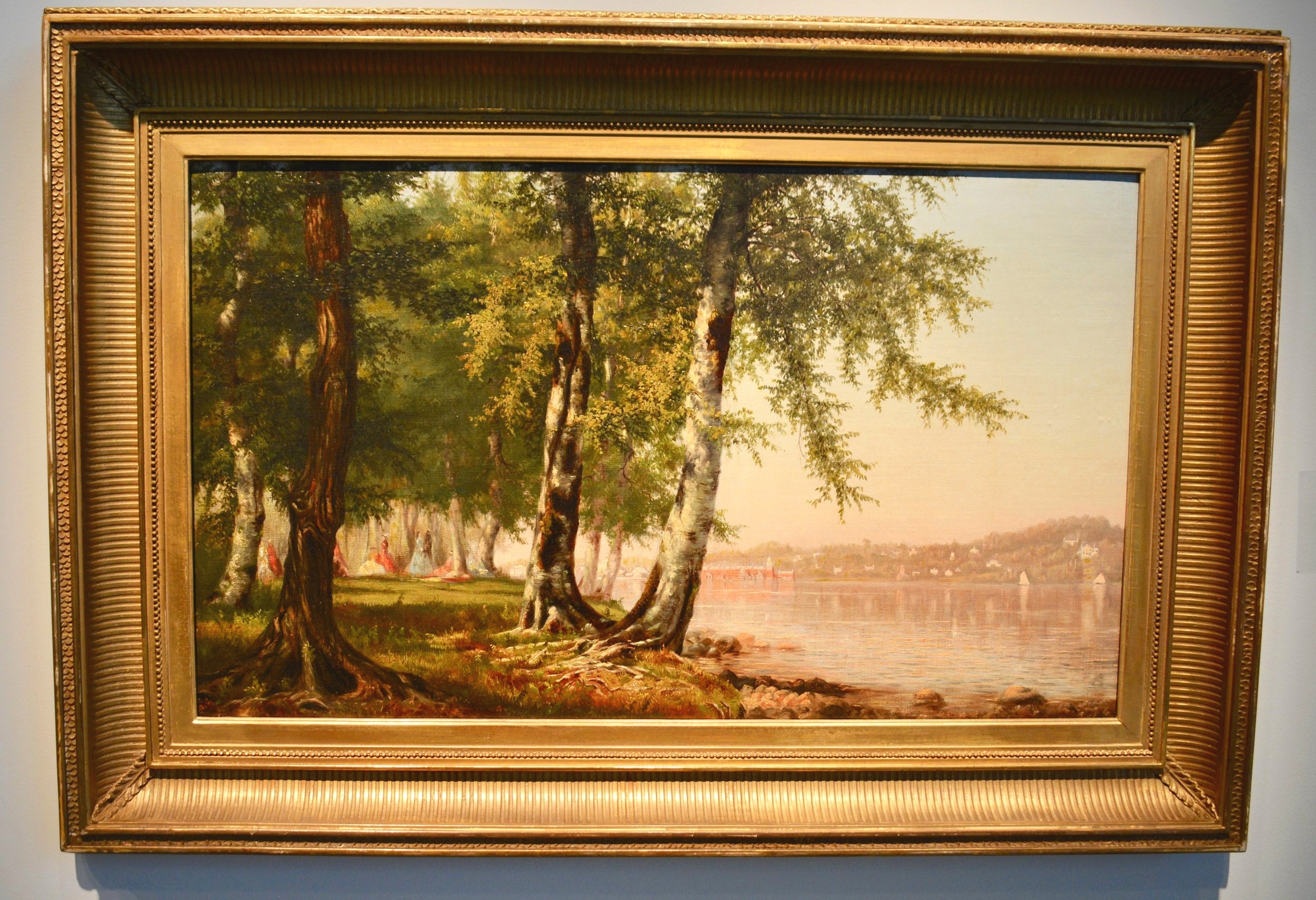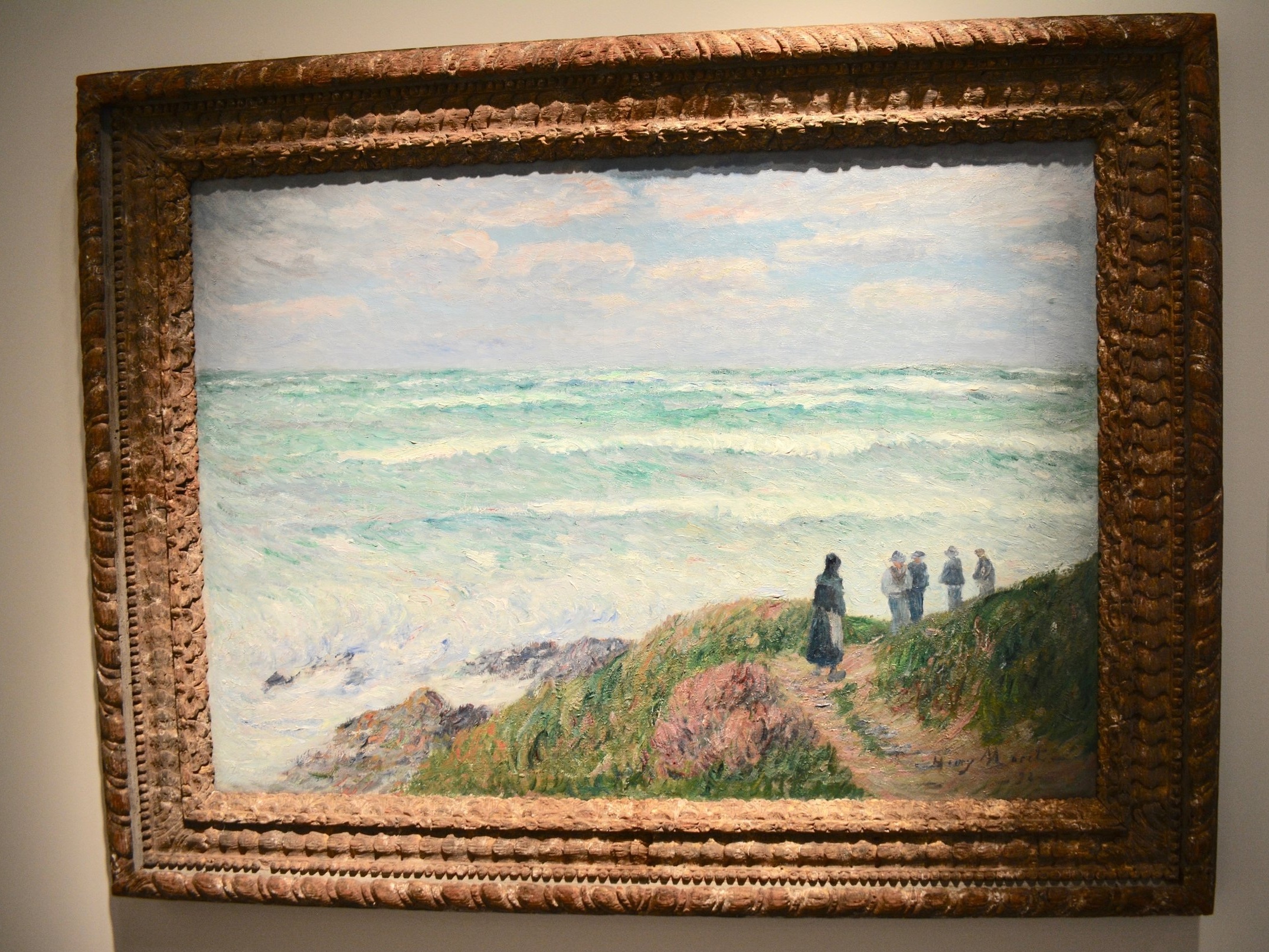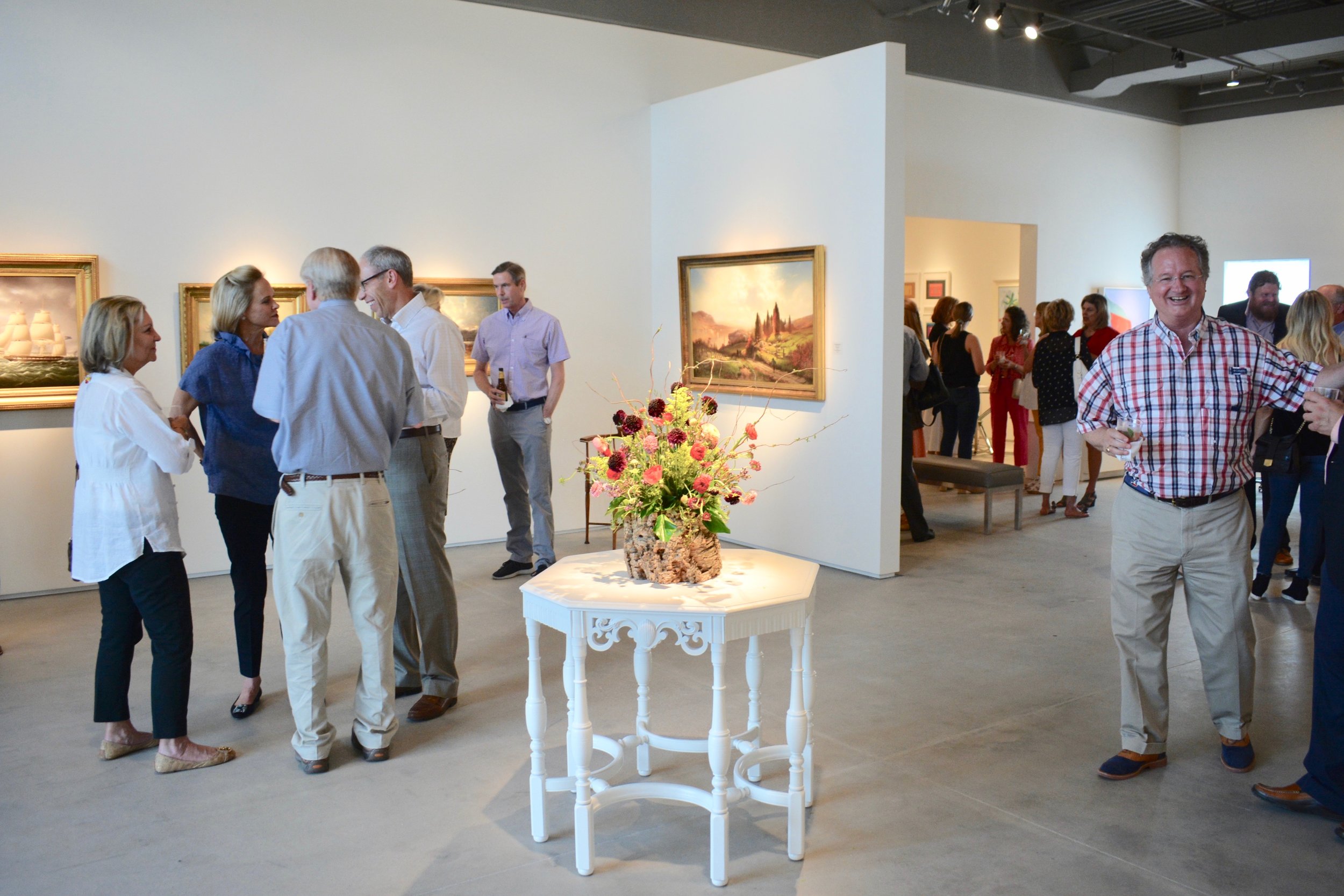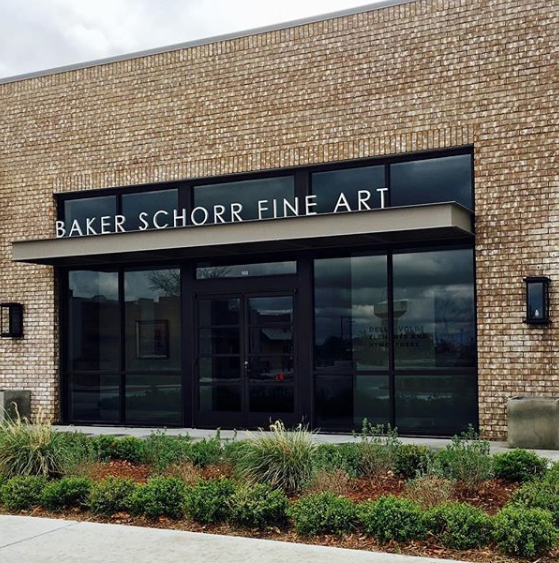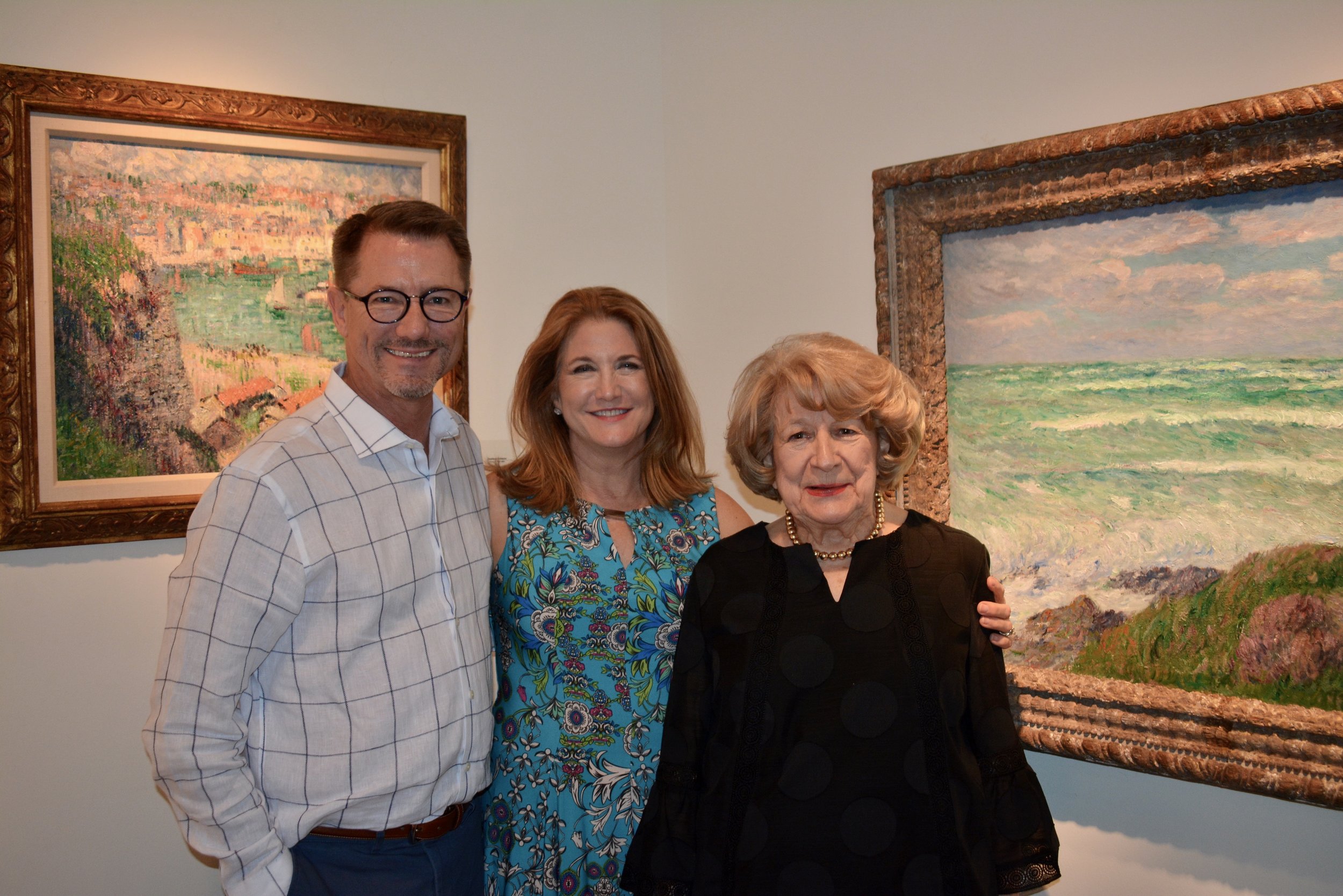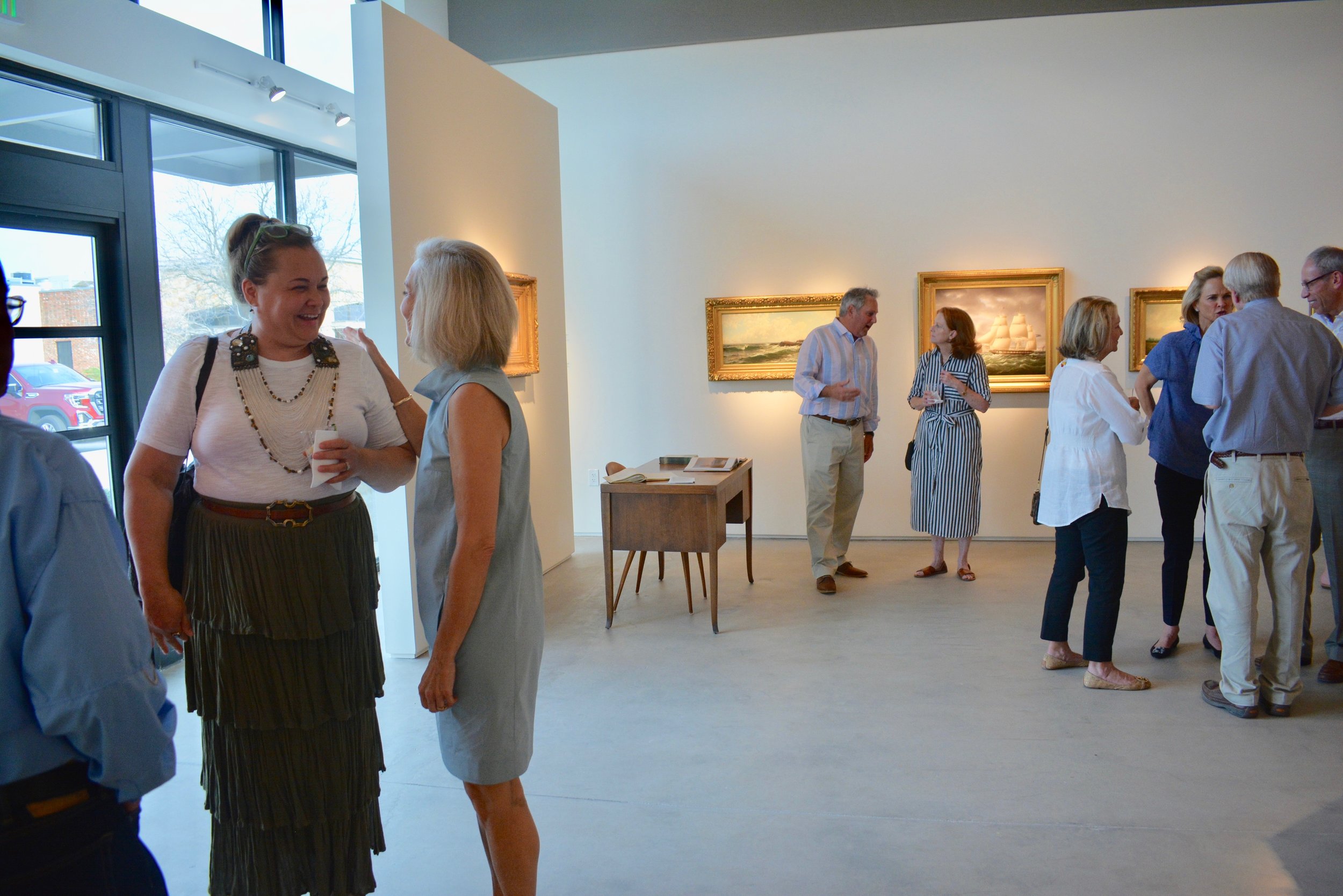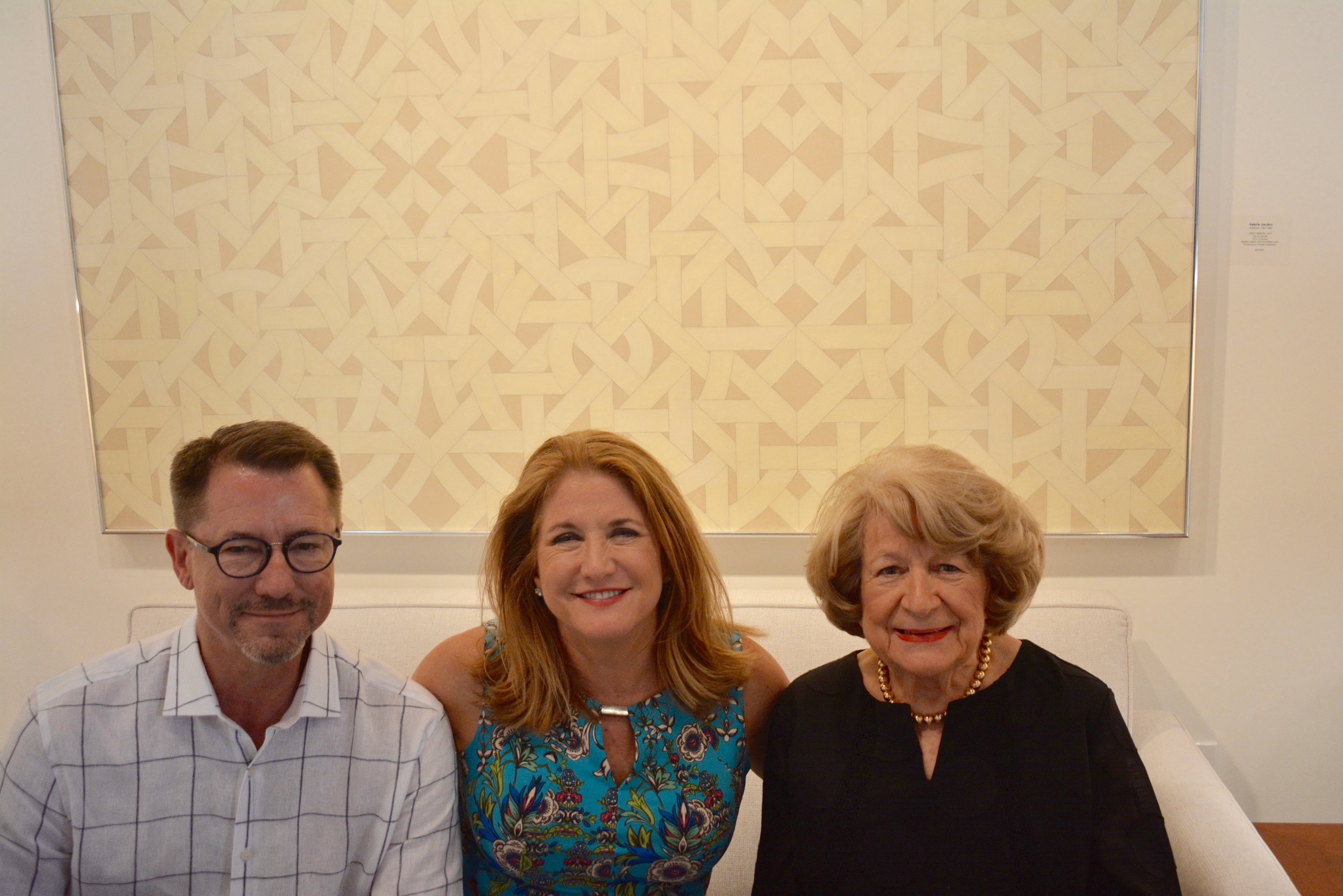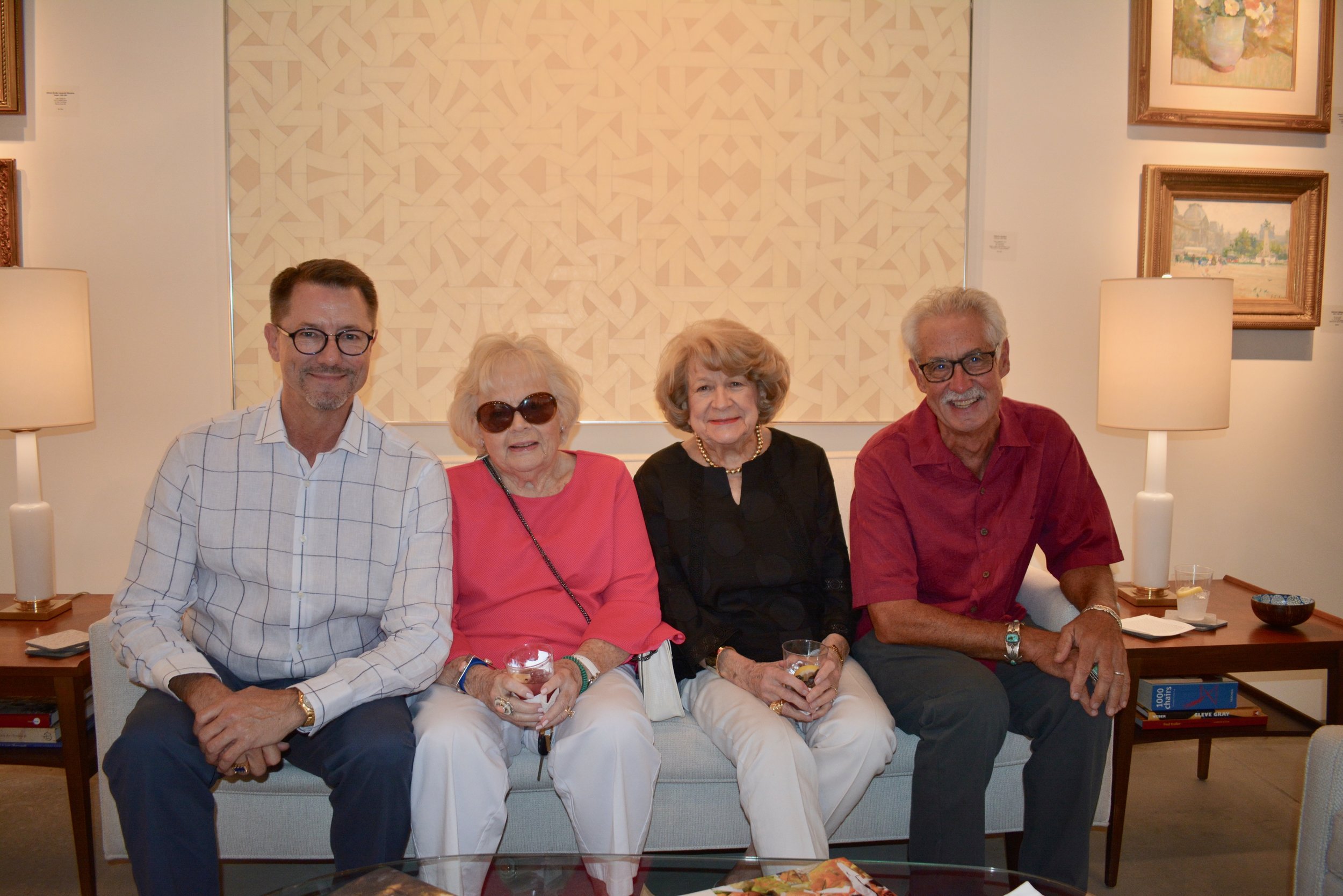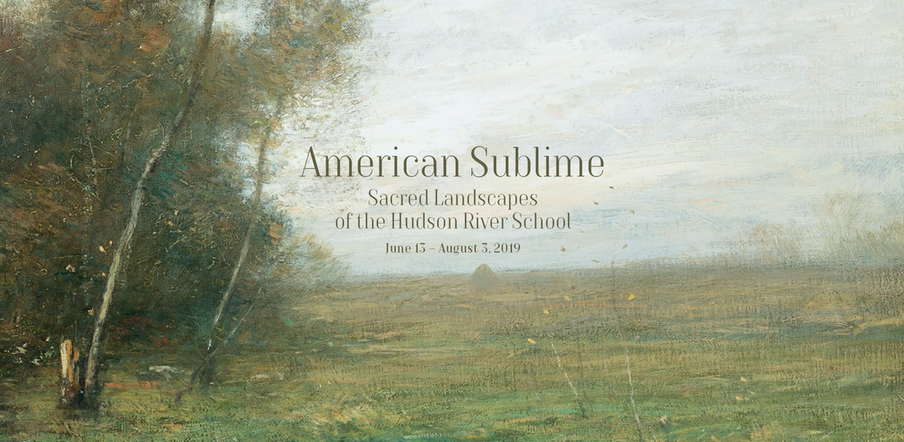There are many reasons you might need an appraisal of personal property. Your insurance agent has suggested that you need your art or jewelry appraised in order to put them under rider coverage. Your client with the large estate has just died and her personal property must be appraised. Your client is going through a nasty divorce and distribution of personal property might be contentious. You just moved across the country and your favorite painting arrived with a gash through the canvas. Your client has a large collection of art and wishes to include the art in a trust for his heirs. These are just a few of the reasons one might need to find a well-trained personal property appraiser. But where to begin? And how do you know you have the right person to help you? There is no national licensure requirement for personal property appraisers. Levels of expertise and years of training vary widely. So, you simply must ask the right questions in order to find the best person to fit your needs. Here is a list of the first six questions that will make choosing the right person a breeze.
· To what Appraisal Organization/s do you belong?
· What is your level of membership / accreditation in these organizations?
· What’s USPAP? Why is that important?
· What types of pieces do you routinely appraise?
· For what types of pieces would you be considered the ‘go-to’ expert? Why?
· How much experience do you have with ….(Insert genre, era or artist’s name here)?
To what Appraisal Organization/s do you belong?
There are three national organizations that train and accredit Personal Property Appraisers. They are the International Society of Appraisers (ISA), American Society of Appraisers (ASA) and American Association of Appraisers (AAA). Each of these has a website with a “Find an Appraiser” tab. You can search by location or by type of material to be appraised. Any appraiser you would consider hiring should be a member in good standing of at least one of these organizations and should at least be “accredited” with that organization, not an affiliate or candidate member. As to any other appraisal or auctioneer’s organizations that might be mentioned… be wary of these! The need to appear credible has spawned many “Founding Members of the Southern Belles Appraisal Society” or “Certified Members of the Auctioneers of the Northeast.” ISA/ ASA/ AAA –these organizations train their members and require them to abide by a Code of Ethics that is meant to protect YOU, our clients. Most other organization names are paper-only ways to pad credibility.
What is your level of membership / accreditation in these organizations?
Each of the three personal property appraisal organizations has its own approach to training and accrediting their members. So, when you are interviewing a potential appraiser ask them to explain what their particular level of membership means within that organization. For instance, I am a Certified Member of the International Society of Appraisers. That is the highest level of accreditation offered. That means that, at a minimum, I have been in the business for five years, have an undergraduate college degree, have taken and passed three core courses on valuation, have taken and been tested in a specialty field study area (Fine Art), have passed a certification exam, have passed a peer vetting of my appraisal reports, stay up-to-date with USPAP training and agree to abide by ISA’s Code of Ethics and Report Writing Methodology. To keep this certification, I must requalify every five years. All of this training means that I have the right to use ‘ISA CAPP’ with my signature. When you are evaluating who to choose, ask their level of accreditation and the meaning of that level.
What’s USPAP? Why is that important?
USPAP is an acronym for the Uniform Standards of Professional Appraisal Practice. The Appraisal Foundation was formed in the aftermath of the late 1980’s Savings and Loan Debacle, which bogus land appraisals did much to promulgate. That crisis finally built the impetus to set standards that constitute legitimate rules of ethics and working methodology for those who hold themselves out to be appraisers. Working to USPAP standards of professional conduct should be a minimum requirement for hiring an appraiser. The standards include the need for the appraiser to have no financial interest in the outcome of the valuation. An appraiser must be independent and must certify that they were not paid for any specified result. Gone should be the days when the jewelry store or art gallery that sold you the piece “guaranteed it would appraise for more than you paid.”
What types of pieces do you routinely appraise?
This question gets to the heart of finding the correct appraiser for the type of collection you need appraised. Appraisers are generally broad-based. A jewelry appraiser would normally handle all appraisals of items with precious metals and stones. This sort of appraiser would need certification from GIA or one of the other jewelry organizations to qualify since identification of various precious stones is a requirement. Residential Contents appraisers routinely handle all the furniture, rugs and decorative items that are normally encountered in a home. Fine Art appraisers normally handle all paintings, prints, photographs, drawings, sculpture, tapestries and art glass. Within residential contents appraisers and fine art appraisers, there are some overlaps. Some residential contents appraisers will handle the lower-value fine art objects. Some fine art appraisers also include silver and decorative art objects in their normal course of business. Ask the appraiser you are interviewing to discuss what is the norm for their work. This is especially the case when the collection you want appraised is a specialty field. If you own a large collection of comic books, a collection of old master prints or a collection of Asian art, you may need a specialty appraiser who has deep knowledge of that specific type of item.
For what types of pieces would you be considered the ‘go-to’ expert? Why?
Appraisers generally stick to given field of appraisal –Jewelry, fine art, household contents. But beyond that, every appraiser may have developed a type of item for which they have a deeper knowledge level. These normally develop because of natural interest or deeper exposure to that area. For instance, a good collection of Asian art would benefit from an appraiser who specializes in that field, not a generalist. However, if the bulk of your collection is European and American art but you have a few Asian items, the most efficient approach might be to have the whole collection appraised by one person who can take notes and photos for the Asian works and get valuation help from a colleague.
How much experience do you have with ….(Insert genre, era or artist’s name here)?
I am often asked, “Have you ever heard of ‘Insert Artist’s Name?’” Many times, of course, I know the names well and am happy to discuss the state of the market for that artist’s work. After 30 years in business, I have appraised art by hundreds of different artists. However, if the name doesn’t initially ring a bell, I just let the caller know that the name is not familiar. This type of question used to intimidate me. I would wrack my brain trying to associate the name with a visual memory of the work. It used to embarrass me if a name was mentioned that did not jog a memory. However, after years of such phone inquiries that were followed by seeing the work in person, I discovered that many times there was a very good reason that I was not cognizant of the name. Not all signed works lead to a known artist. I discovered on examination that the legible signature was attached to a clearly amateur effort in paint. So, if you ask about knowledge of a given artist, be aware that an appraiser’s familiarity with that artist or lack of such familiarity might not be a reason to disqualify the person from the appraisal you need. On the other hand, if most of your collection consists of Hudson River School painters, Impressionists, early Taos School, Old master prints, etc., you may want to ask about particular familiarity with or expertise in the field.
Wrapping up…
In choosing an appraiser, you want to have confidence that the person is fully capable to appraise the type of pieces you need appraised. You also want to be comfortable working with the person. So, ask yourself, did I get my questions adequately answered? If I choose this person to work with, am I confident of their skills and professionalism? Visit the appraiser’s website to familiarize yourself with their business, the way they present themselves. Ultimately, if you ask the right questions, you will find the person best suited to you and your appraisal need.
Stay tuned and keep an eye out for part two of this blog with the final six questions you need to ask when choosing an appraiser!









